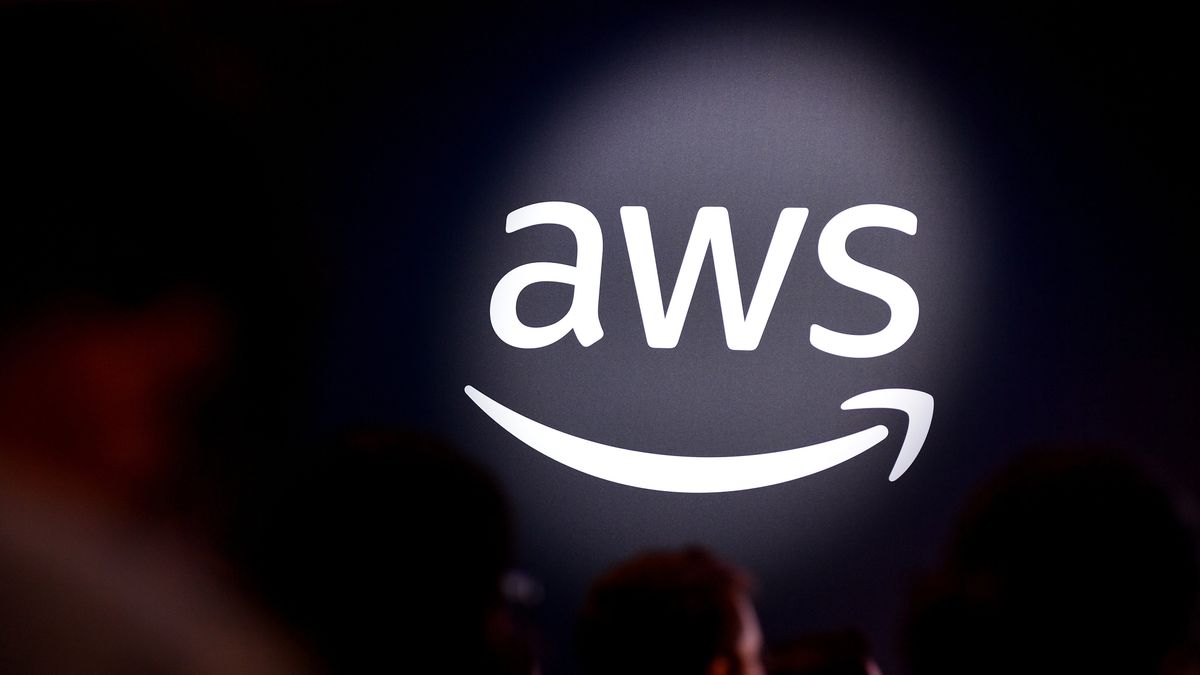In the ever-evolving landscape of cloud computing, today’s leading enterprises are seeking ways to optimize their operations and enhance their security measures. Cloud costs and security are two critical aspects that every organization must carefully manage, and they are more closely intertwined than you might think.
Recent VMware research reveals that 95% of organizations believe multi-cloud architectures are critical for business success. At the same time, 76% of multi-cloud organizations report a need to improve control over their cloud expenses. It’s clear that organizations see multi-cloud as essential; however, many struggle with effectively managing cloud costs while protecting against security vulnerabilities.
Cloud Cost Challenges
Managing cloud costs and security in a cloud-native, multi-cloud environment presents specific challenges for organizations. One of the main problem organizations face is the lack of control in both cost and security management. This issue is particularly pronounced in multi-cloud deployments, where organizations utilize multiple cloud providers or combine on-premises environments with cloud resources. The complexity of managing and securing resources across diverse platforms exacerbates these challenges.
With cloud costs constantly shifting, and decision-making often decentralized in large organizations, visibility into expenses can often be complex. Rapid scalability is one of cloud computing’s major strengths, but it also makes it easy for IT staff to spin up services without considering the cost. Implementing a cloud cost management strategy can help an organization plan for future costs and consumption. Without proper cloud cost management, organizations can face unexpected spikes in costs, overpaying for unused resources, or even inadequate performance.
Cloud Costs and Security
Security attacks on cloud environments can have a broad impact on costs beyond resource consumption. For example, a successful breach can lead to data leaks, service disruptions, and customer distrust, all of which can impact an organization’s bottom line.
Today, crypto mining has become one of the common attacks in the cloud-native world. In this type of attack, malicious actors inject workloads into a cloud environment, with the sole purpose of mining resources to generate revenue. In addition, distributed denial-of-service (DDoS) attacks can also impact costs. DDoS attacks flood a website with traffic, causing it to use more resources and, consequently, incurring additional costs. In essence, any changes or attacks on a cloud environment can have a direct or indirect impact on costs.
Ultimately, security tools alone are not enough. Organizations need actionable solutions that help them not only collect data, but make sense of it and prioritize security measures effectively.
Best Practices for Managing Cloud Costs and Security
To address the lack of control organizations face from deploying tools and solutions that are specific to each cloud platform or environment, organizations must adopt a unified approach that works across all their cloud deployments.
Enterprises need a common framework that provides availability, resiliency, and security for modern applications with the ability to abstract connectivity, identity, and policy. Using tools such as Tanzu Service Mesh, can help simplify the connection, observation and protection of your applications across any runtime or cloud.
In addition, organizations should implement a state-driven environment by defining the desired state for their applications, including how they are built, deployed, and run. With a state-driven environment, organizations can maintain control over both cost and security while ensuring that applications are built efficiently, stay within budget, and adhere to security policies.
Shifting left and focusing on managing costs and security from the earliest stages of the development process can also unlock visibility for teams. By understanding the costs involved and applying security measures during the build phase, organizations can plan and control more effectively, thus avoiding cost spikes and security vulnerabilities.
At the end of the day, managing security vulnerabilities and cloud costs requires a holistic approach, taking into account the desired state management, proper policies and management frameworks, and a proactive mindset.











